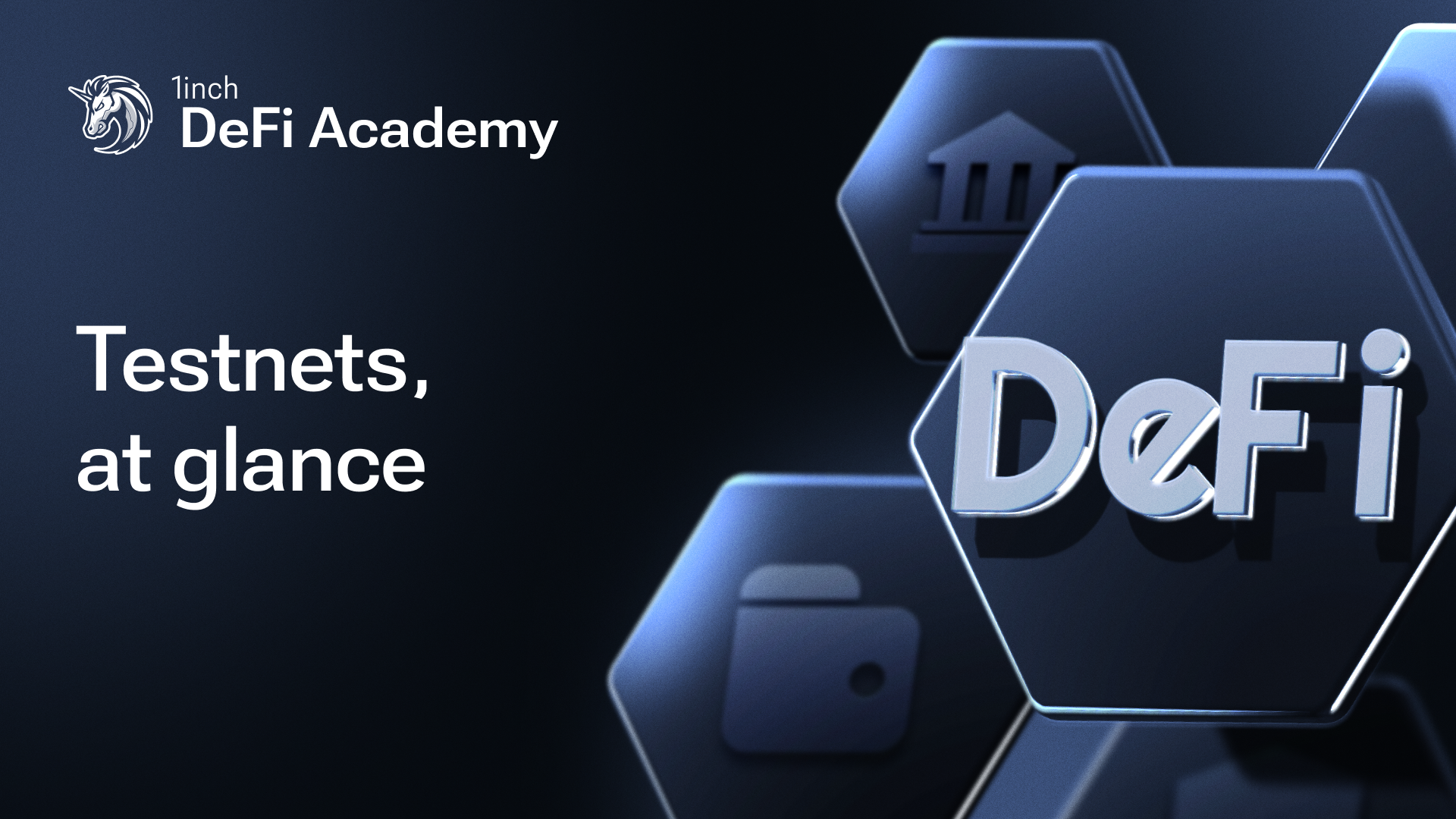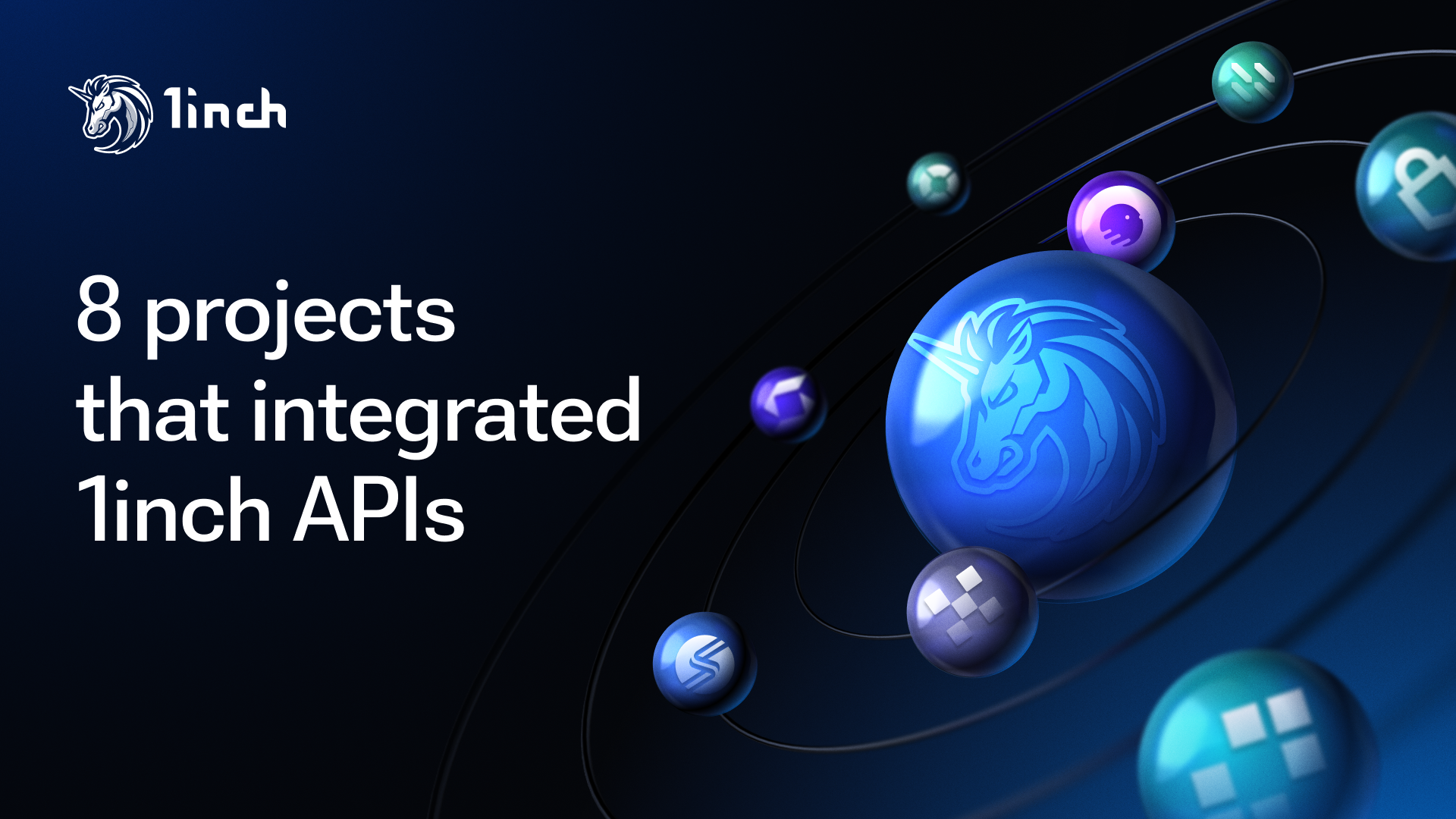The 1inch Davos conference: DeFi Meets Wall Street – Institutional Adoption in the Decentralized Era

This post is the first in a series covering key discussions from Shaping Tomorrow’s Financial Landscape Through DeFi, the conference hosted by 1inch at the World Economic Forum Annual Meeting in Davos on January 23.
The first panel - "DeFi Meets Wall Street: Institutional Adoption in the Decentralized Era" - featured Emi Lorincz (Business Development Director at Talos), Anne Winston (Director of Strategy at Wave Digital Assets) and Robert Fontaine (Blockchain Specialist at Credit Agricole S.A.). Gareth Jenkinson, Managing Editor at Cointelegraph, moderated the discussion.
Watch the full video of the panel!
Where do institutions stand in 2025?
The panel kicked off with a reality check on institutional adoption of DeFi. While many banks have launched blockchain pilot projects, full-scale institutional adoption of DeFi remains limited.
Emi Lorincz noted the fundamental differences between traditional finance and DeFi:
“Traditional institutions think differently. Their business logic and workflows are very different from DeFi. They are interested, but we are pretty much at the very beginning of their active role in DeFi,” she said.
Anne Winston added an important distinction:
“Are they [banks] getting into DeFi? I would venture, just by what we would consider the definition of DeFi – no, and they won’t.”
After all, while banks are exploring blockchain for efficiency and compliance, DeFi as an open, permissionless system remains off-limits for most financial institutions. Despite rising interest, institutional DeFi adoption faces several major obstacles. One of the biggest barriers is regulatory uncertainty, particularly around Anti-Money Laundering (AML) and Know Your Customer (KYC) compliance.
Anne Winston also pointed out the travel rule as a game-changer for banks looking to enter the space:
“The travel rule is really what is being able to facilitate the adoption of crypto within banks... it's basically like what SWIFT is to your bank,” she explained.
Robert Fontaine highlighted the security risks that deter institutions:
“We need frameworks. I mean, the banking system is very regulated... Now, the question is integrating some kind of regulated tool into DeFi.”
These factors continue to slow down adoption, as institutions require stability and compliance-ready frameworks before committing capital to DeFi.
Banks dipping their toes into DeFi
While full-scale institutional adoption of DeFi remains limited, some institutions are cautiously experimenting with decentralized finance.
Early in the discussion, Emi Lorincz explained how traditional finance players are accessing decentralized liquidity through trusted platforms:
“We allow institutions to pull liquidity from 1inch [and other platforms]… Yield generation is what we look at besides trading and having adequate liquidity for some trading pairs,” she said.
She pointed to Coinbase’s integration with Morpho as an example of CeFi and DeFi converging:
“Coinbase’s recent integration with Morpho is such a great example of how CeFi and DeFi are getting a bit closer and how these institutions can work together.”
Later, Robert Fontaine gave his own perspective on how banks are approaching DeFi:
“I think we are ending a moment where we saw a lot of pilot projects of many banks, big banks...trying to integrate [DeFi] into a more regulated system like the banking system. So I'm a bit more optimistic about that. And I'm seeing a shift.”
He noted that tokenization of asset is already happening within institutions:
“If we think DeFi is tokenizing assets, we are already there.”
Although institutions aren’t directly providing liquidity in DeFi, they are exploring ways to gain exposure through structured, compliant integrations.
DeFi and TradFi on a сollision сourse
Institutional adoption of DeFi still faces key hurdles. Regulatory clarity and risk management remain the top concerns:“Once we have those frameworks established – anti-money laundering compliance frameworks that came from FATF and now MiCA, FINMA, FINRA – then banks can participate at least in the crypto space and in the blockchain space,” Anne Winston said.
Despite these challenges, hybrid solutions are emerging, where CeFi integrates with DeFi:
“I think there will be hybrid solutions – some CeFi plug-in to existing DeFi solutions. You see Coinbase as [handling] most of the custody solutions for all the ETFs,” Fontaine commented.
At the same time, Anne Winston raised concerns about how the narrative around DeFi is shifting toward banks and institutions:
“We have to remember, what is the ethos that we bought into? What's tugged at our hearts in terms of what DeFi is? How is that supposed to help people? And now we've shifted the conversation to "how does it help banks?”
While institutions remain cautious about DeFi, their growing engagement in tokenization, on-chain liquidity, and regulatory compliance suggests that the gap between traditional finance and decentralized finance is narrowing. The question is no longer whether institutions will interact with DeFi, but rather how.
As DeFi evolves, the balance between institutional integration and decentralization will shape the future of finance – one that blends the best of both worlds.
Explore the DeFi space with 1inch!




























